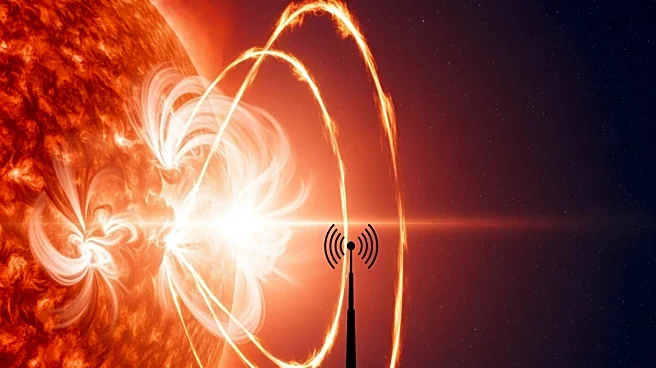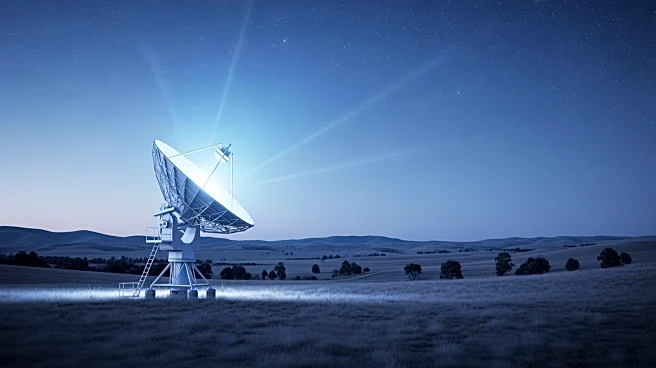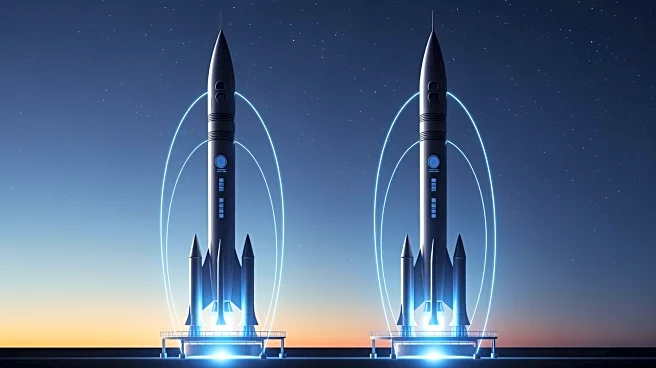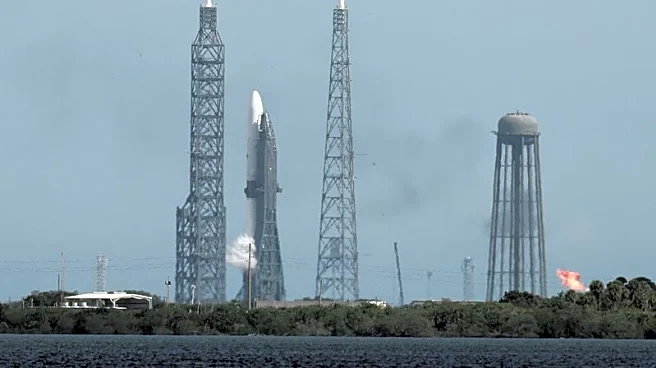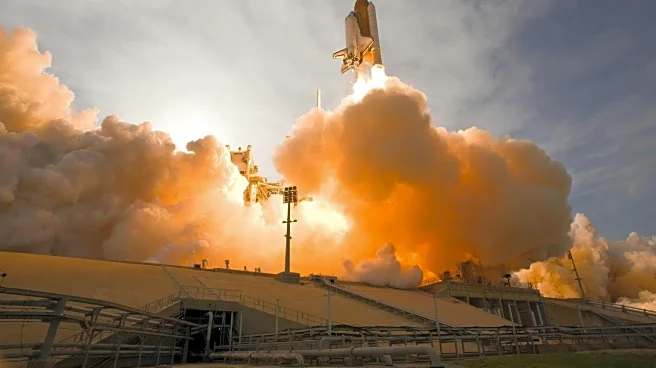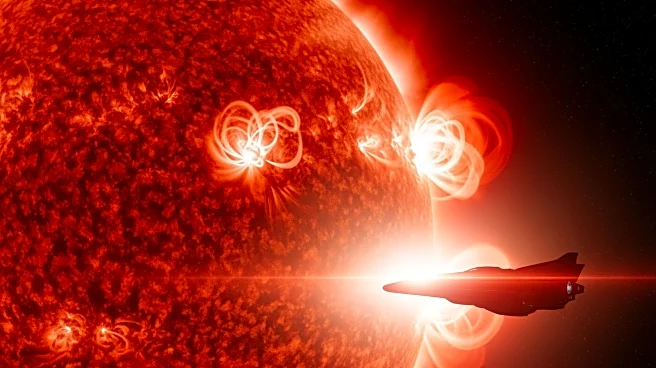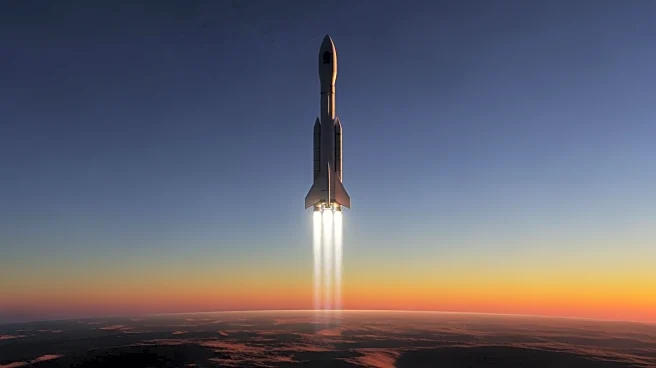What's Happening?
SpaceX's Starlink satellites have experienced over 500 unplanned atmospheric reentries due to increased solar activity. The sun's solar flares, sunspots, and coronal mass ejections have heated the upper
atmosphere, causing it to expand and increase drag on low-Earth orbiting satellites. This drag leads to satellites falling out of orbit and burning up in the atmosphere, although most debris does not reach the Earth's surface.
Why It's Important?
The impact of solar activity on satellite operations highlights the challenges faced by companies like SpaceX in maintaining satellite constellations. As Starlink aims to provide global internet coverage, understanding and mitigating the effects of solar cycles is crucial for reliable service. The situation underscores the need for advancements in satellite design and deployment strategies to withstand environmental changes.
What's Next?
SpaceX may need to adapt its satellite technology to better cope with solar-induced atmospheric changes. This could involve redesigning satellites for improved resilience or developing strategies to predict and respond to solar activity. The company will likely continue monitoring solar cycles to optimize satellite operations and minimize disruptions.
Beyond the Headlines
The phenomenon raises broader questions about the sustainability of satellite networks and the environmental impact of increased satellite reentries. It also highlights the importance of international cooperation in space weather monitoring and the development of global standards for satellite operations.


